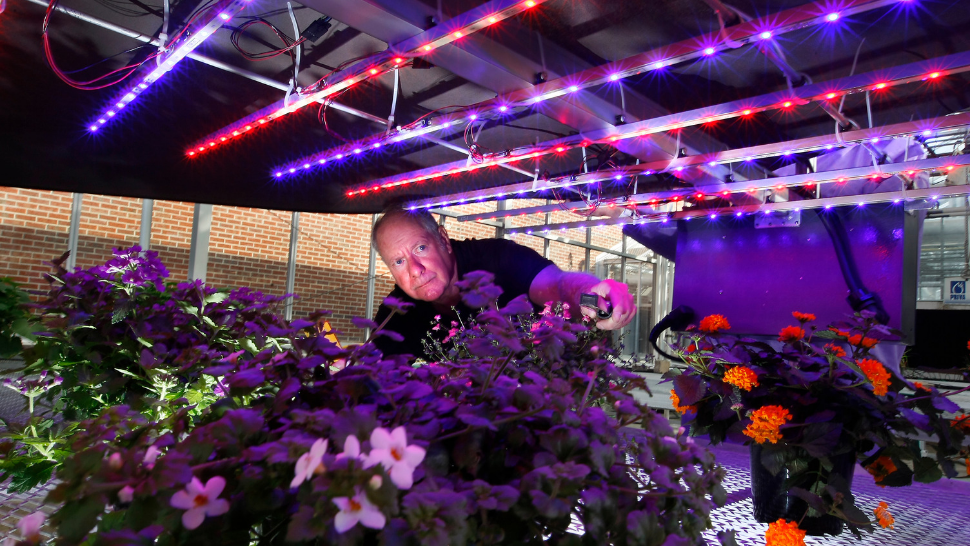
West Lafayette, IN: Plant growth and development respond to all wavelengths of the broad-band solar-radiation spectrum under which plants evolve. However, when light-emitting diodes (LEDs) became powerful enough to be used for commercial indoor agriculture, red (R) and blue (B) were the first choices of wavebands to be used because of their electrical efficiency and photon efficacy that drive photosynthesis.
A recent study, released by Purdue University, sheds light on the interplay between far-red radiation and carbon dioxide (CO2) levels in enhancing indoor lettuce production. The findings provide valuable insights for optimizing growth conditions in controlled environments, such as vertical farms and greenhouses.
The research focused on red leaf lettuce, a popular crop in indoor farming systems due to its nutritional value and short growth cycle. The study investigated how varying intensities of far-red radiation, combined with different CO2 concentrations, impact critical growth parameters like biomass accumulation, leaf color, and photosynthetic efficiency during the early production stages.
Key results indicate that far-red radiation, when paired with elevated CO2 levels, can significantly boost plant growth and improve leaf coloration. These findings have practical implications for indoor agriculture, where maximizing productivity and crop quality is essential. By fine-tuning light spectra and CO2 levels, growers can achieve more sustainable and efficient production systems.
The study underscores the importance of understanding light and CO2 interactions in controlled environments, paving the way for advancements in resource-efficient food production technologies.
Dr. Mitchell is a professor of Horticulture and Plant Physiology at Purdue University. He has spent more than four decades studying plants and the factors that impact their growth. He has been working with NASA to research how plants would orient in a gravity-free environment as well as in different lighting often found in spaceships.
The full article can be found on the Journal of the American Society for Horticultural Science electronic journal website at: https://doi.org/10.21273/JASHS05434-24
Established in 1903, the American Society for Horticultural Science is recognized around the world as one of the most respected and influential professional societies for horticultural scientists. ASHS is committed to promoting and encouraging national and international interest in scientific research and education in all branches of horticulture.
Comprised of thousands of members worldwide, ASHS represents a broad cross-section of the horticultural community - scientists, educators, students, landscape and turf managers, government, extension agents and industry professionals. ASHS members focus on practices and problems in horticulture: breeding, propagation, production and management, harvesting, handling and storage, processing, marketing and use of horticultural plants and products. To learn more, visit ashs.org.






